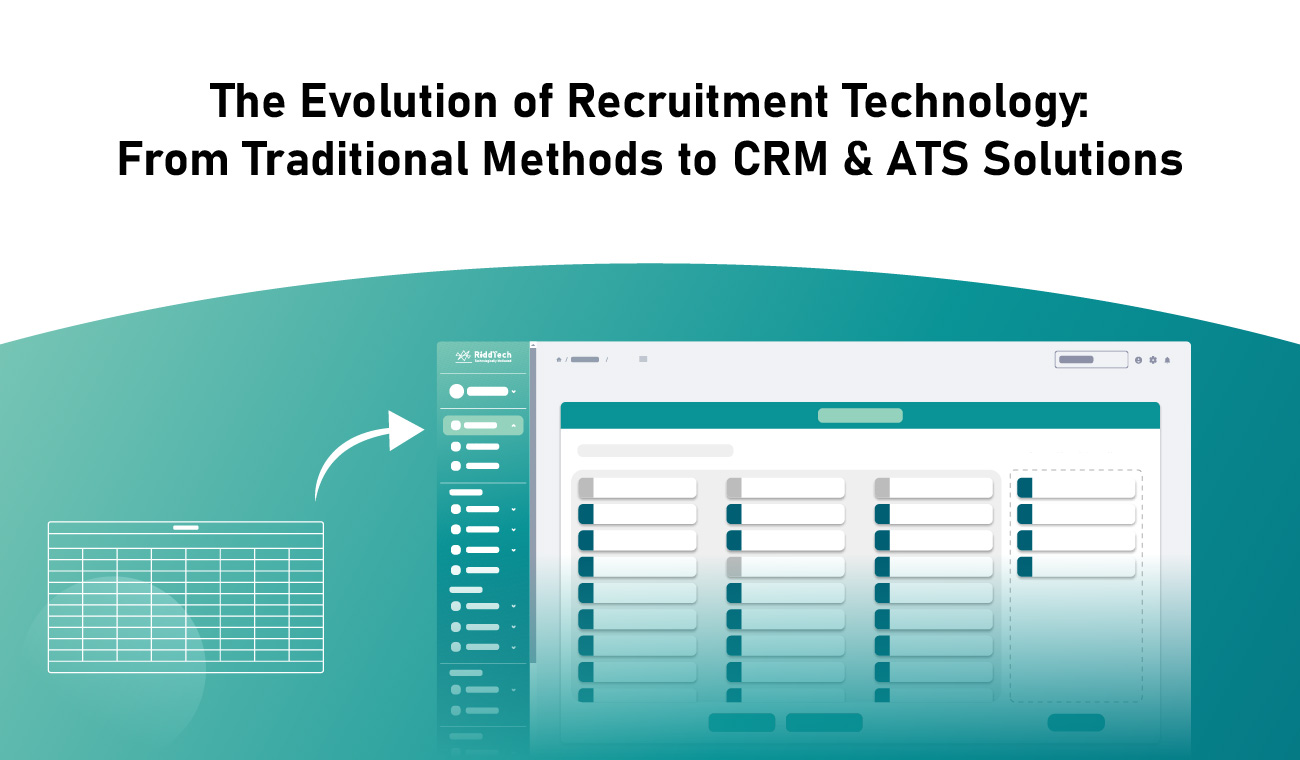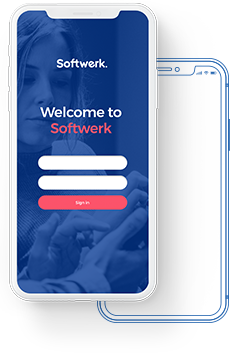
The Evolution of Recruitment Technology: From Traditional Methods to CRM & ATS Solutions
Recruitment has come a long way from the days of newspaper ads and word-of-mouth recommendations. The dynamic nature of the job market and the increasing competition for top talent have fueled a continuous evolution in recruitment practices. Today, technology plays a pivotal role in reshaping how companies attract, evaluate, and hire candidates. This article delves into the historical journey of recruitment methods, emphasizing the transformative impact of modern solutions like CRM (Customer Relationship Management) and ATS (Applicant Tracking System).
1. Early Recruitment Methods:
In the not-so-distant past, companies relied on traditional methods to find suitable candidates. Newspaper advertisements, physical job boards, and employee referrals were the primary sources. However, these methods often proved inefficient, limited in reach, and time-consuming.
2. Introduction of Recruitment Technology:
The advent of online job portals marked the first significant shift towards leveraging technology in the recruitment process. While this was an improvement, it didn’t fully address the complexities of a rapidly changing job market and the increasing volume of applicants.
3. The Rise of CRM & ATS Solutions:
Recognizing the need for more sophisticated tools, businesses began adopting CRM and ATS solutions. These platforms not only automated manual processes but also introduced features such as candidate relationship management, centralized databases, and streamlined communication. These advancements significantly enhanced recruitment efficiency, enabling companies to manage large talent pools effectively. The evolution of recruitment technology reflects a journey from manual and time-consuming processes to streamlined and efficient solutions. CRM and ATS have emerged as integral components, revolutionizing how companies approach talent acquisition. As businesses continue to adapt to the ever-changing landscape, these tools prove indispensable in staying competitive and securing the best talent in the market.



